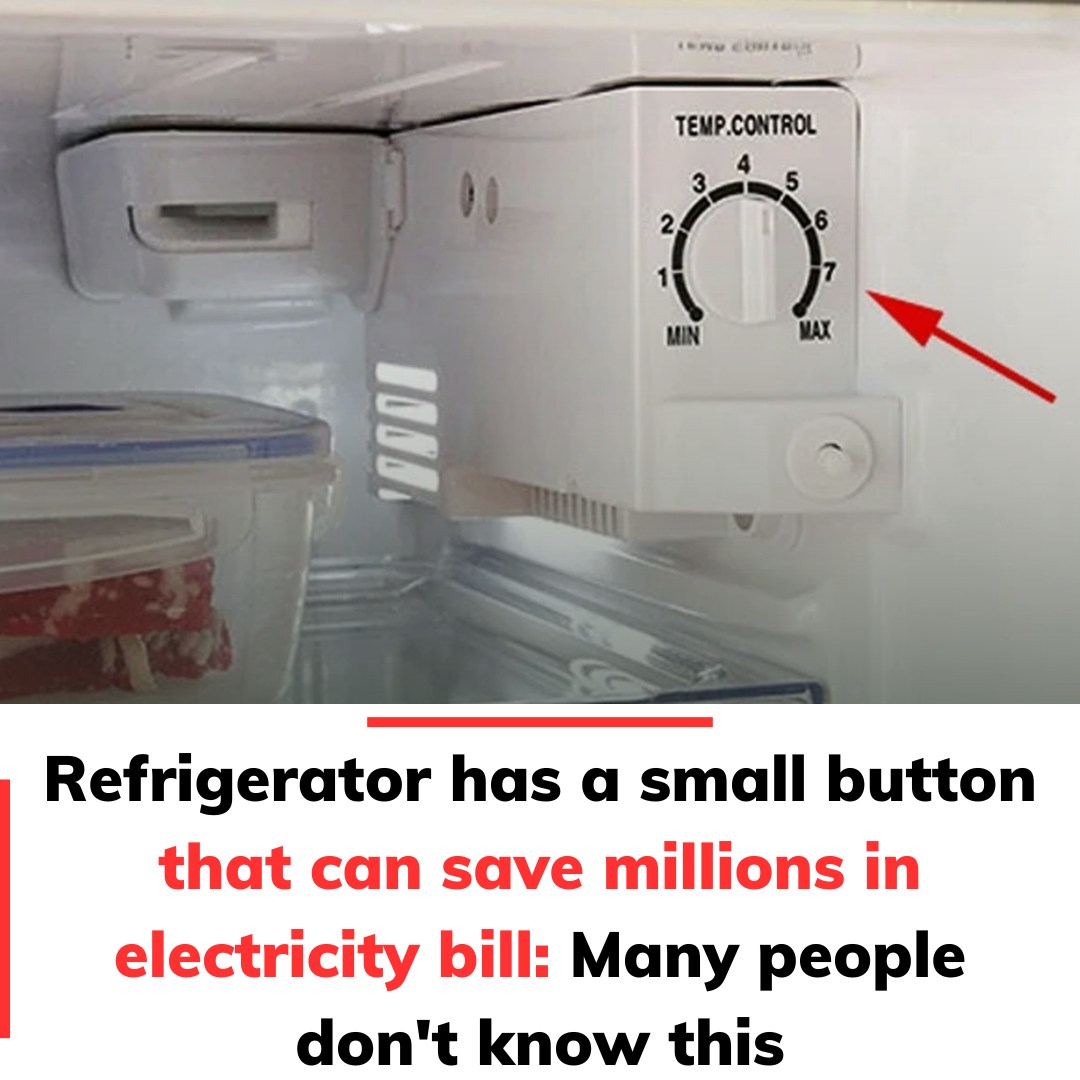
Refrigerators are indispensable in our daily lives, tirelessly preserving our food around the clock. However, their continuous operation makes them one of the most energy-consuming appliances in our homes. As winter approaches, there’s a little-known adjustment you can make to your refrigerator that can lead to significant savings on your electricity bill. Let’s delve into this simple yet effective tweak and explore additional tips to enhance your refrigerator’s efficiency during the colder months.
Understanding Refrigerator Energy Consumption
The Impact of Temperature Settings
Refrigerators are designed to maintain consistent internal temperatures, but external factors, like seasonal changes, influence their efficiency. In warmer months, they work harder to keep cool, whereas in cooler months, they don’t need to exert as much effort. Adjusting your refrigerator’s temperature settings in response to seasonal changes can optimize its performance and reduce energy consumption.
Optimizing Your Refrigerator for Winter
Adjusting Temperature Settings
Most modern refrigerators come equipped with adjustable temperature settings, typically ranging from 1 to 5 or 1 to 6. During the hot summer months, it’s common to set the fridge to a higher cooling level. However, in winter, you can lower this setting without compromising food safety.
Recommended Winter Settings:
- Refrigerator Compartment: Set to Level 1 or 2, maintaining a temperature between 2–5°C (35–41°F).
- Freezer Compartment: Keep at approximately -18°C (0°F) to ensure frozen foods remain properly preserved.
By making these adjustments, your refrigerator operates more efficiently, reducing the workload on the compressor and leading to noticeable savings on your electricity bill.
Considering Food Load
The amount of food stored also affects your refrigerator’s efficiency:
- Light Load: Lower cooling levels are sufficient.
- Heavy Load: Higher cooling levels may be necessary to maintain consistent temperatures.
Additional Tips to Enhance Refrigerator Efficiency
Optimal Placement
Where you position your refrigerator plays a significant role in its energy consumption:
- Avoid Heat Sources: Keep it away from ovens, stoves, or direct sunlight.
- Ensure Adequate Space: Maintain at least 4 inches of space between the refrigerator and the wall to allow proper air circulation.
Mindful Usage Habits
- Limit Door Openings: Each time the door opens, cold air escapes, causing the appliance to work harder. Plan ahead to retrieve all needed items in one go.
- Regular Maintenance: Clean the coils at the back every six months to ensure efficient heat dissipation. If your fridge isn’t frost-free, defrost it regularly to prevent ice buildup.
Check Door Seals
Worn or loose seals can lead to cold air leakage, making the refrigerator work overtime. Regularly inspect the door seals and replace them if you notice any damage.
The Benefits of These Adjustments
Implementing these small changes can lead to substantial savings over time. Not only will you reduce your electricity bills, but you’ll also prolong the lifespan of your refrigerator. Additionally, by optimizing your appliance’s efficiency, you’re contributing to a more sustainable lifestyle.
Conclusion
Your refrigerator doesn’t have to be a significant drain on your energy resources. By making a simple adjustment to its temperature settings during the winter and adopting mindful usage habits, you can enjoy fresh food while keeping your energy costs in check. Embrace these easy changes and watch as your savings grow, all while reducing your environmental footprint.





